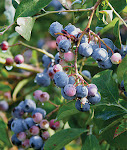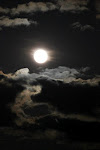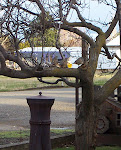Today is the day! Started the first seeds of the season. Below are the varieties and a description from the seed catalog. We’ll see how they do and get back to you.
Bloomsdale Long Spinach (Heirloom): An old standard. It’s a large, spreading spinach has dark green, savoyed curled leaves. The yield is good, and it is slow to bolt. For first crop, sow in spring. Plant again in late summer. In mild winter areas, fall planting’s yield in early spring. Days To Maturity 40-48 days Sun Full Sun, Part Sun
Spread 4 inches
Height 10-12 inches
Sow Direct Sow/Indoor Sow
Planting Time Fall, Spring
Eclipse Onion (Open Pollinated): The Eclipse onion’s sweet, mild white flesh complements the flavors of other ingredients. When sauteed to a dark brown shade, Eclipse onions bring out a sweet and sour flavor in other foods. A short-day onion that can be grown in long-day areas to produce mini or pearl onions.
Short Day, White Onion; Medium bulb
80+ Days to Harvest
Prefers full sun exposure
Buttercrunch Lettuce: All-America Selections winner. Extremely popular lettuce with luscious, buttery texture. This extremely popular lettuce has a luscious, buttery texture. The soft heads are creamy yellow inside and have some heat resistance. Best in cooler regions. Plant early in spring and repeat every 2 weeks into fall. Protect from heat with shade cloth. Likes fertile soil, ample water. Best when picked minutes before your meal. Space lettuce plants 8” apart.





